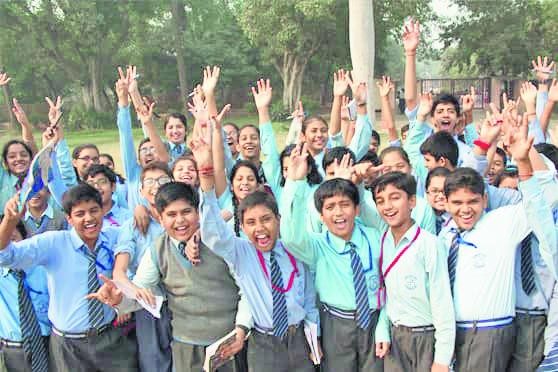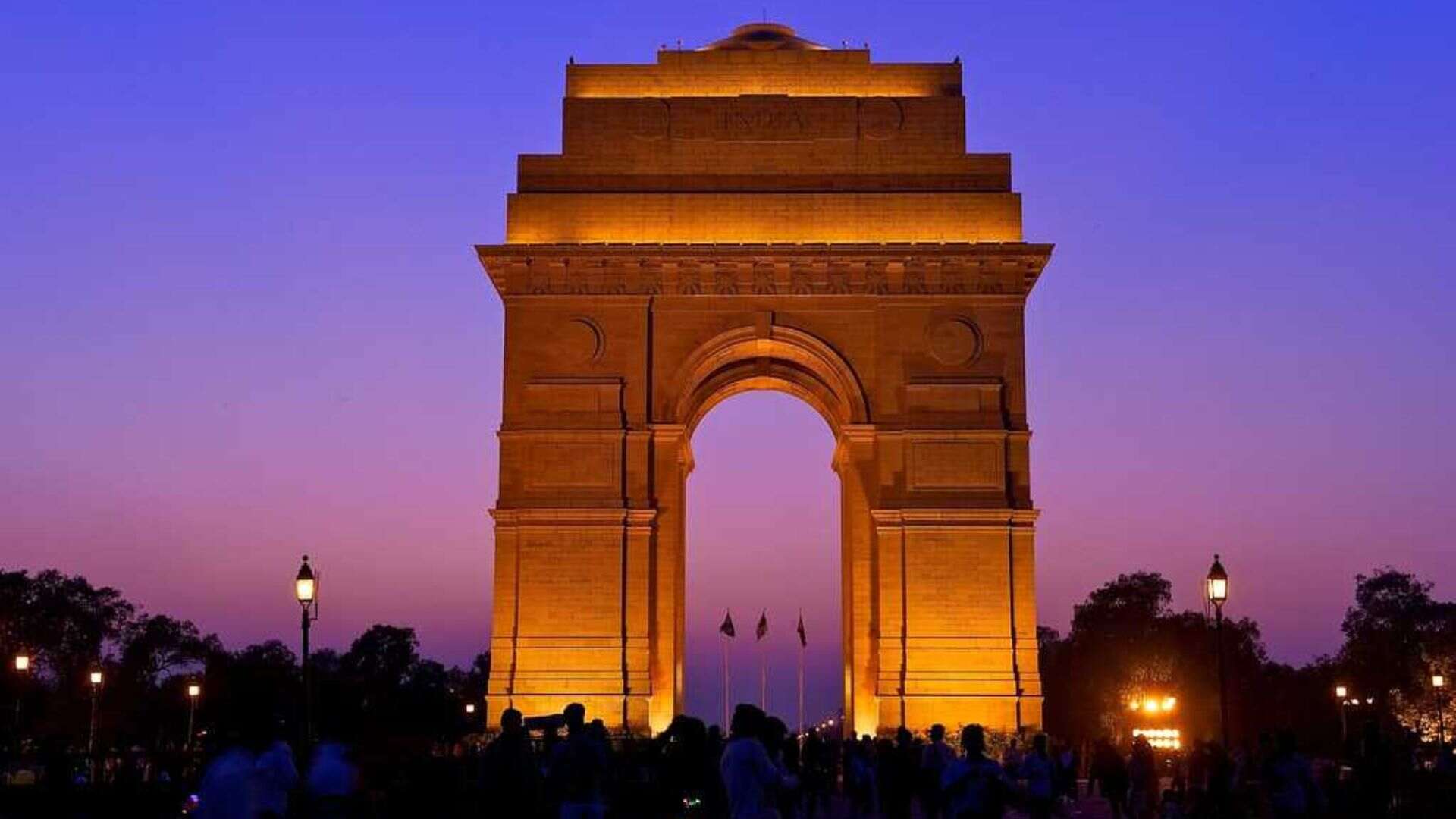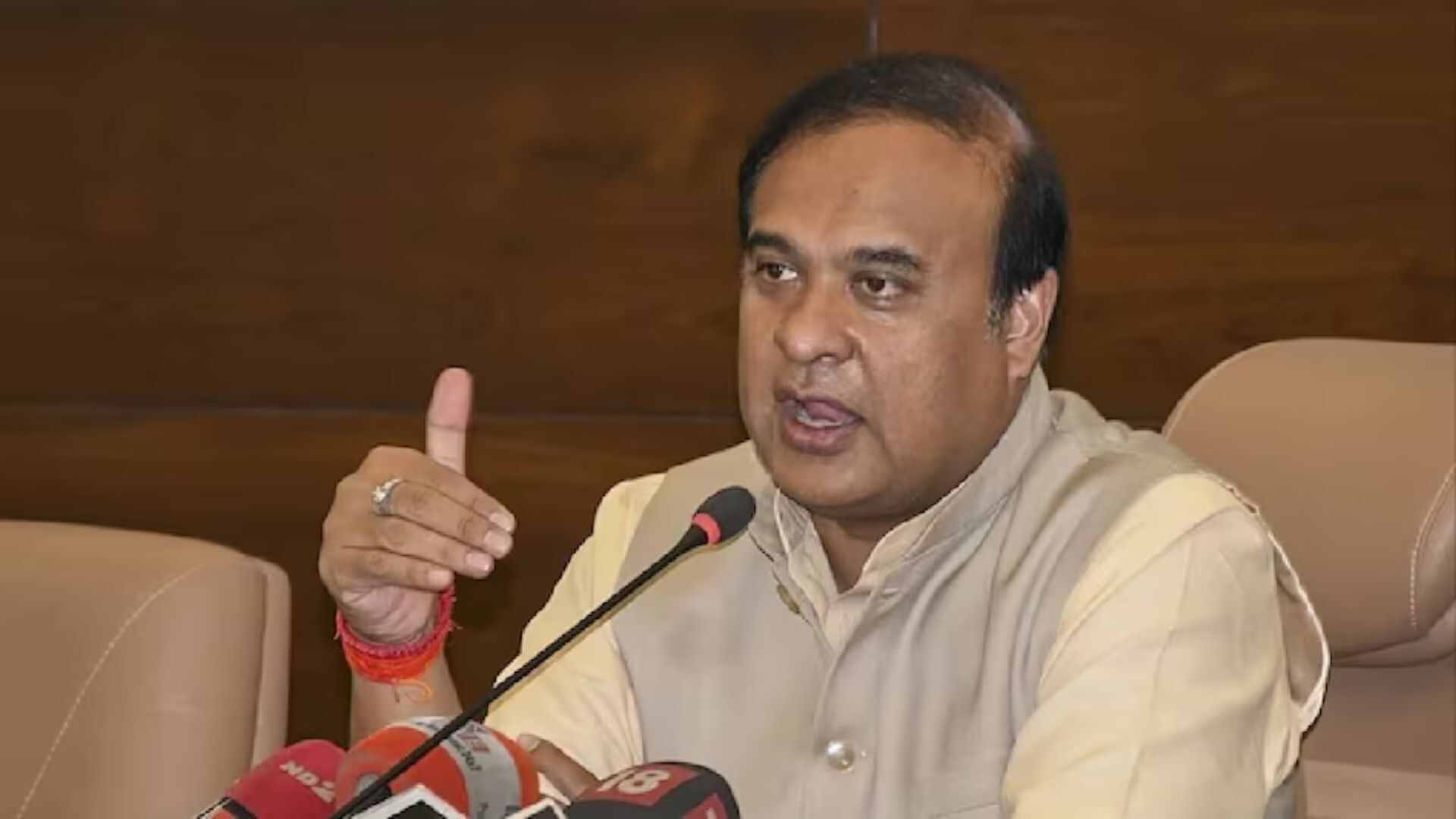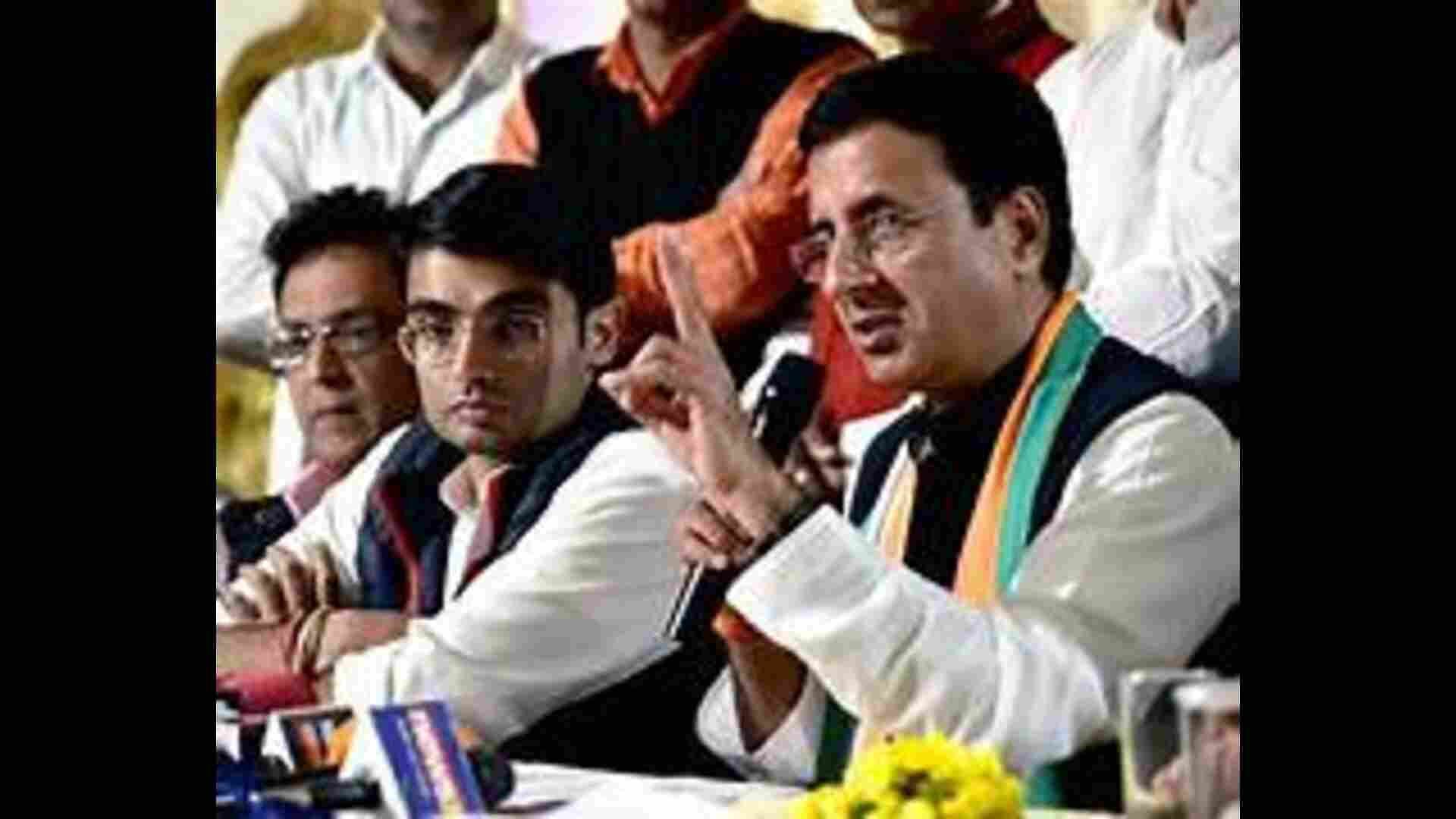In today’s rapidly evolving world, education stands as a cornerstone of societal progress and individual development, shaping future generations, fostering innovation, and driving economic growth. The quality of a country’s education system holds immense significance, influencing the lives and prospects of its citizens. As the global landscape becomes increasingly interconnected, it is crucial to understand how education systems compare across different nations. This article delves into a comparative analysis of the Indian education system and those of developed countries, focusing on structure, curriculum, accessibility, government policies, quality, infrastructure, teacher training, and student support systems.
The Indian education system is structured into four distinct levels: primary (Grades 1-5), upper primary (Grades 6-8), secondary (Grades 9-10), and higher secondary (Grades 11-12). Post-secondary education encompasses undergraduate and postgraduate degrees. In contrast, developed countries such as the USA, UK, and Germany have similar multi-tiered structures but often include pre-primary education. For instance, the US education system spans preschool, elementary, middle, and high school, culminating in tertiary education. A significant emphasis on early childhood education sets these systems apart, ensuring a strong foundation for lifelong learning.
Indian government policies such as the National Education Policy (NEP) 2020 aim to enhance education quality and accessibility. The NEP 2020, implemented from the 2023-24 session, introduces several key reforms. It emphasizes a holistic approach to education, focusing on cognitive, social, emotional, and physical development while reducing rote learning. It restructures school education into a 5+3+3+4 format, promotes multilingualism, and advocates for assessment reforms and digital education. However, bureaucratic delays and resource constraints often hinder policy implementation. In contrast, governments in developed countries consistently invest in education, focusing on inclusivity, continuous improvement, and technological integration. The US’s Every Student Succeeds Act (ESSA), for instance, emphasizes equal opportunity for all students, demonstrating a robust commitment to educational excellence.
Despite significant improvements, educational access in India remains uneven, particularly in rural areas. Initiatives like the Right to Education (RTE) Act aim to make education free and compulsory for children aged 6 to 14, though implementation challenges persist. Developed nations generally exhibit high levels of educational accessibility. Public education is typically free and compulsory up to a certain age, ensuring broad access. Countries like Canada and Norway achieve near-universal enrollment in primary and secondary education, highlighting their commitment to inclusive and equitable education.
The quality of education in India varies significantly, with disparities between urban and rural, public and private schools. Outdated teaching methods, large class sizes, and insufficient resources impact educational quality. In contrast, developed countries generally maintain higher education standards, supported by better teacher training, smaller class sizes, and advanced resources. Japan and South Korea, for example, are renowned for their high educational standards and student performance, reflecting their sustained investment in quality education.
Infrastructure in Indian schools presents a mixed picture. While urban schools often have good facilities, many rural schools lack basic amenities like clean drinking water, toilets, and libraries. The digital divide further exacerbates educational inequalities. Developed nations, however, typically feature modern infrastructure, including well-equipped classrooms, laboratories, sports facilities, and digital learning tools, fostering a conducive learning environment that supports comprehensive education.
Teacher training programs in India are evolving but often lack the rigor and practical focus seen in developed countries. Opportunities for continuous professional development are limited, affecting the overall quality of education. Developed nations invest heavily in teacher training, ensuring educators are well-prepared and continuously updated on best practices. Finland’s teacher education programs are highly competitive and research-based, exemplifying a commitment to high-quality teaching and learning.
Student support systems in India, such as counseling and special education services, are limited and unevenly distributed. Initiatives to address mental health and learning disabilities are in their early stages. Conversely, robust student support systems are a hallmark of developed countries’ education systems. Comprehensive counseling, special education services, and extracurricular activities support holistic student development. The UK’s Special Educational Needs and Disabilities (SEND) code of practice, for instance, provides detailed guidelines for supporting students with additional needs, ensuring they receive appropriate assistance and opportunities.
While the Indian education system is improving, it faces challenges in accessibility, quality, and infrastructure compared to developed countries. By adopting best practices from nations with advanced education systems—such as flexible curricula, robust teacher training, and strong student support frameworks—India can enhance its educational outcomes. Addressing these challenges presents an opportunity to create a more equitable, high-quality education system that prepares students for the demands of the 21st century. Policymakers, educators, and stakeholders must collaborate to drive educational reforms, prioritize investment in education, and ensure that every child has access to high-quality learning opportunities. Only through a concerted effort can India harness the transformative power of education to build a more prosperous, equitable, and sustainable future for all.







